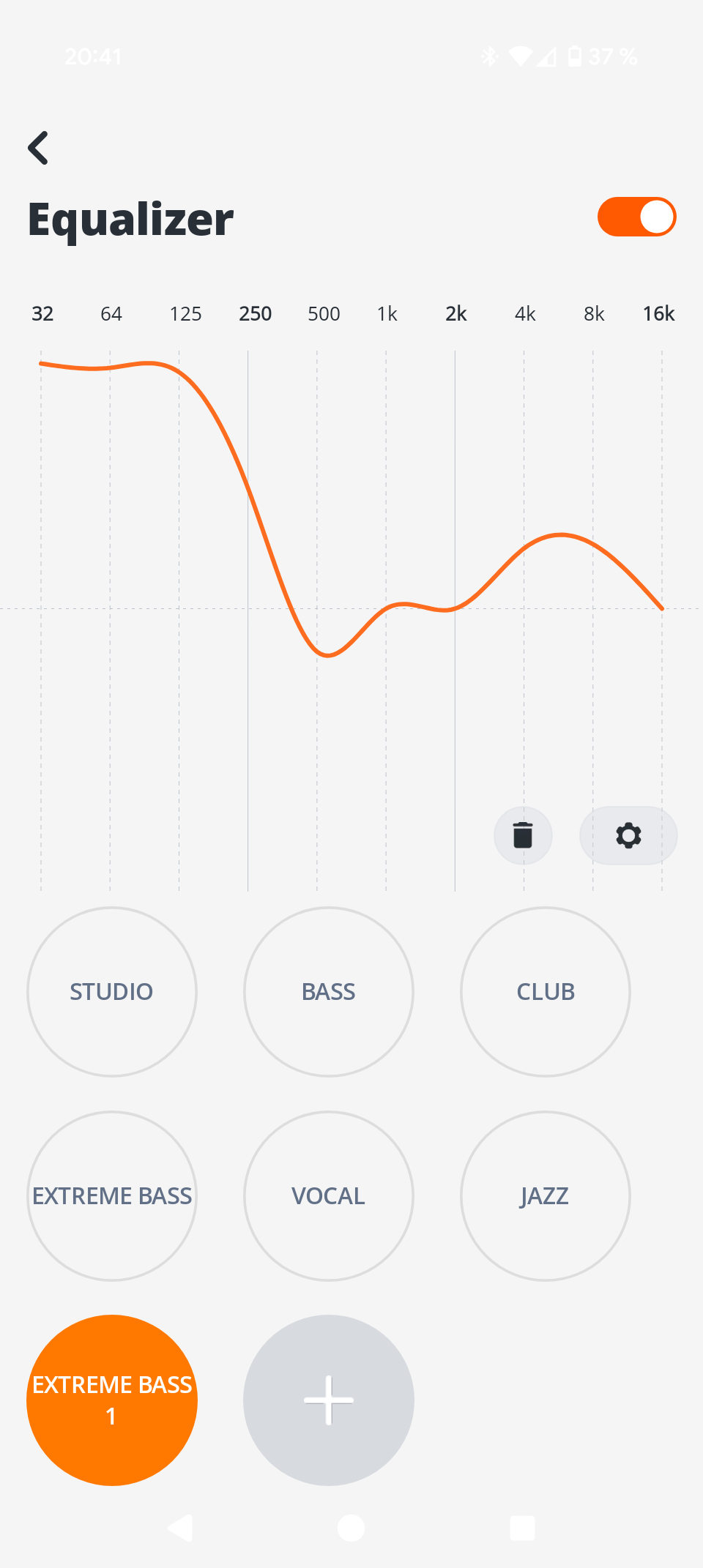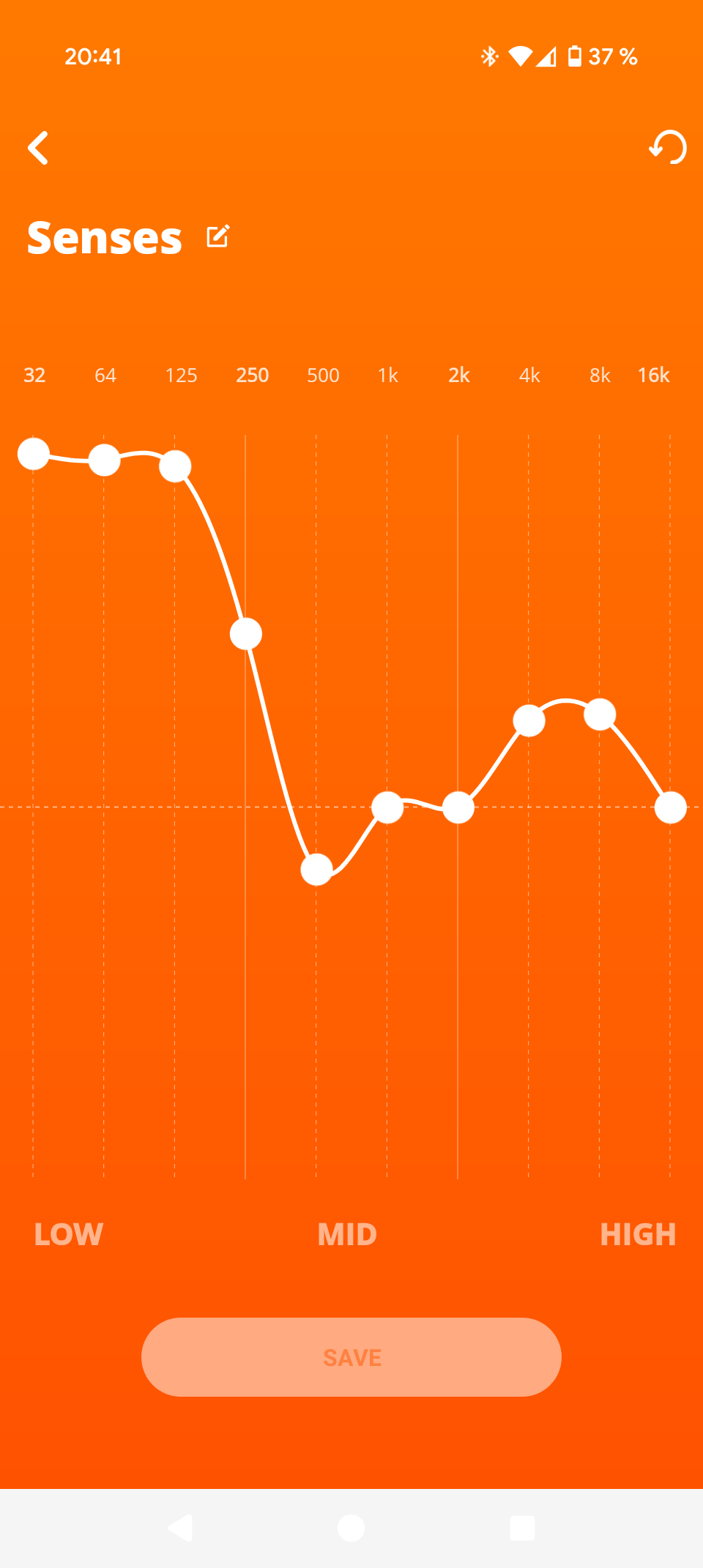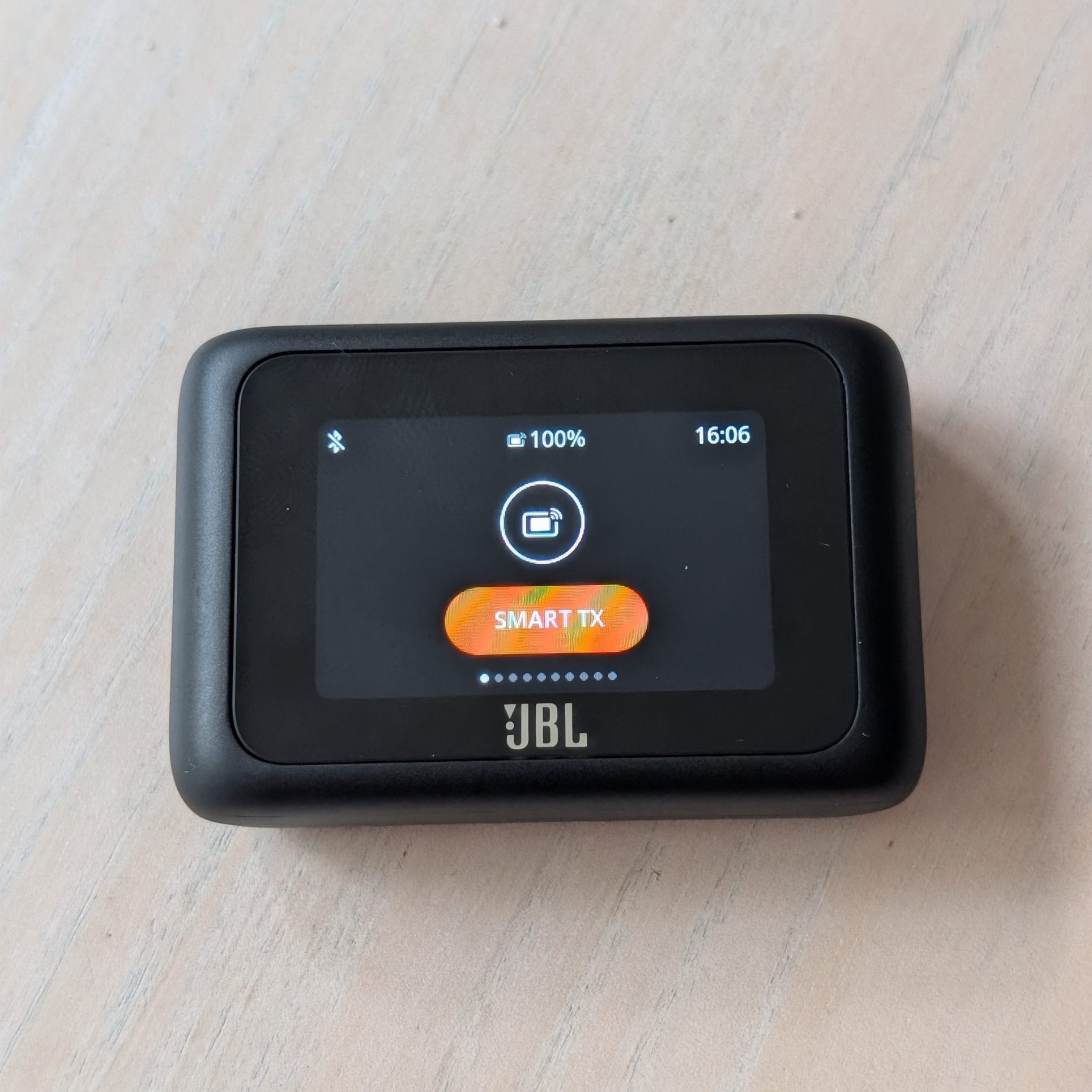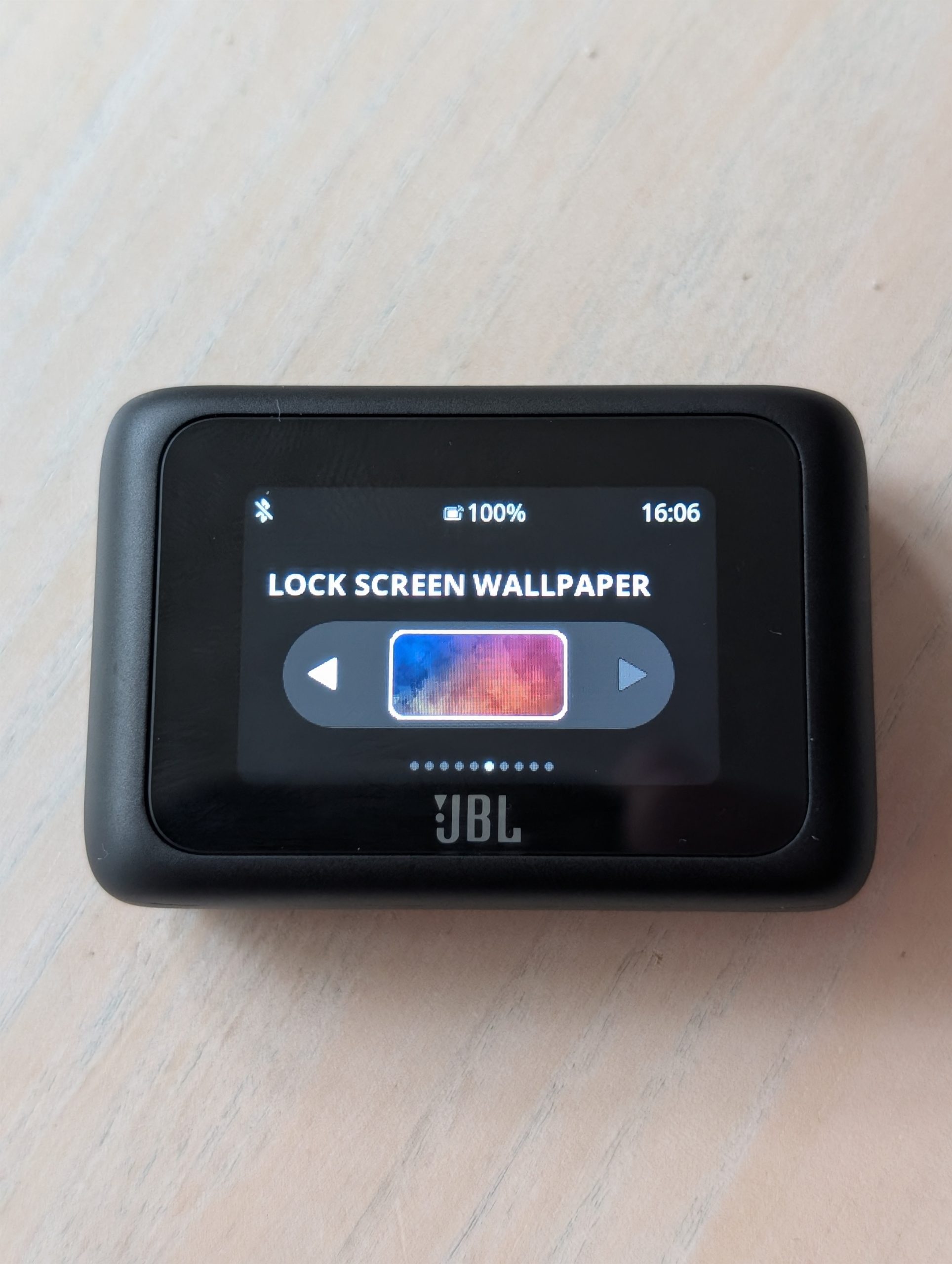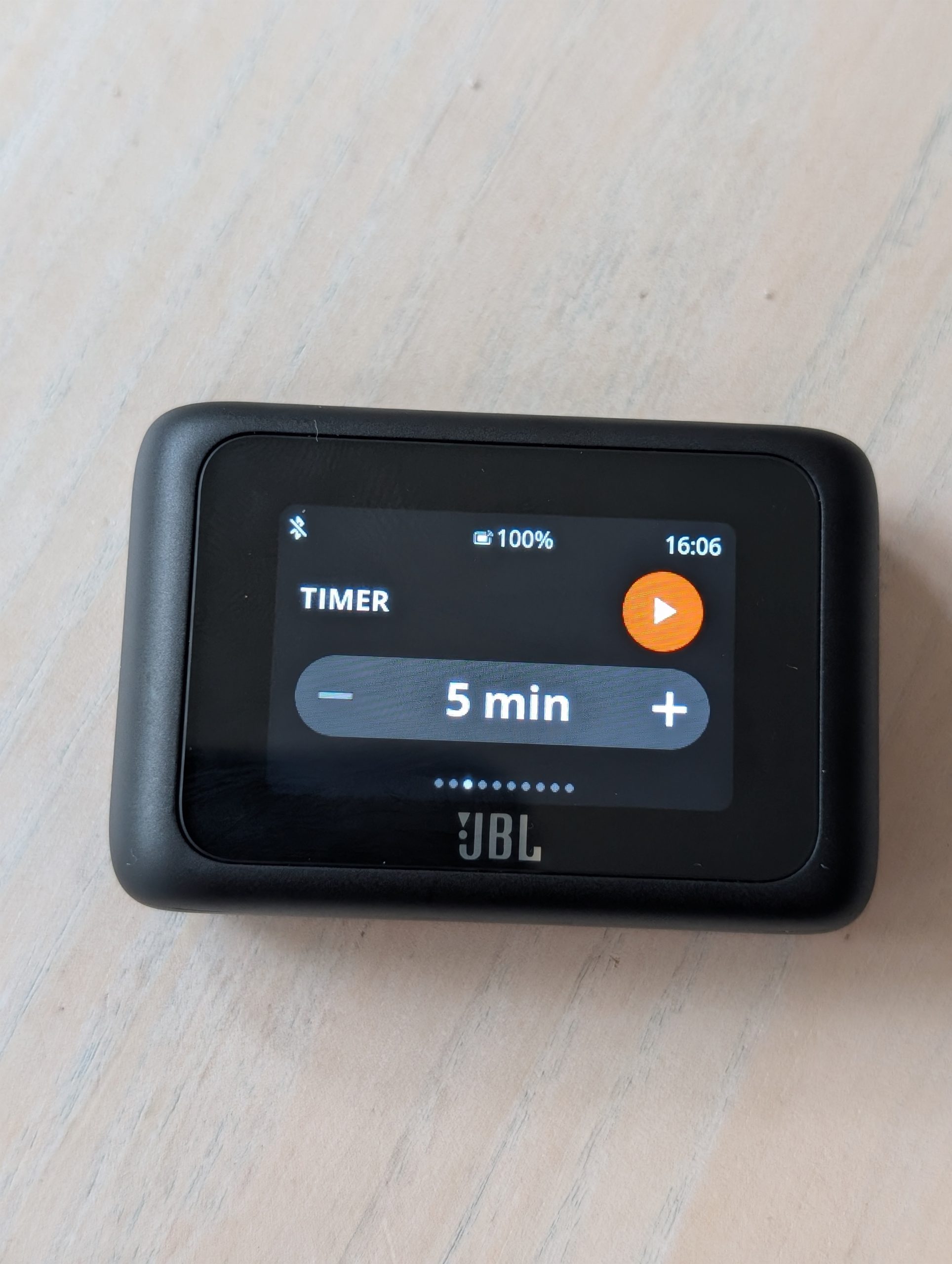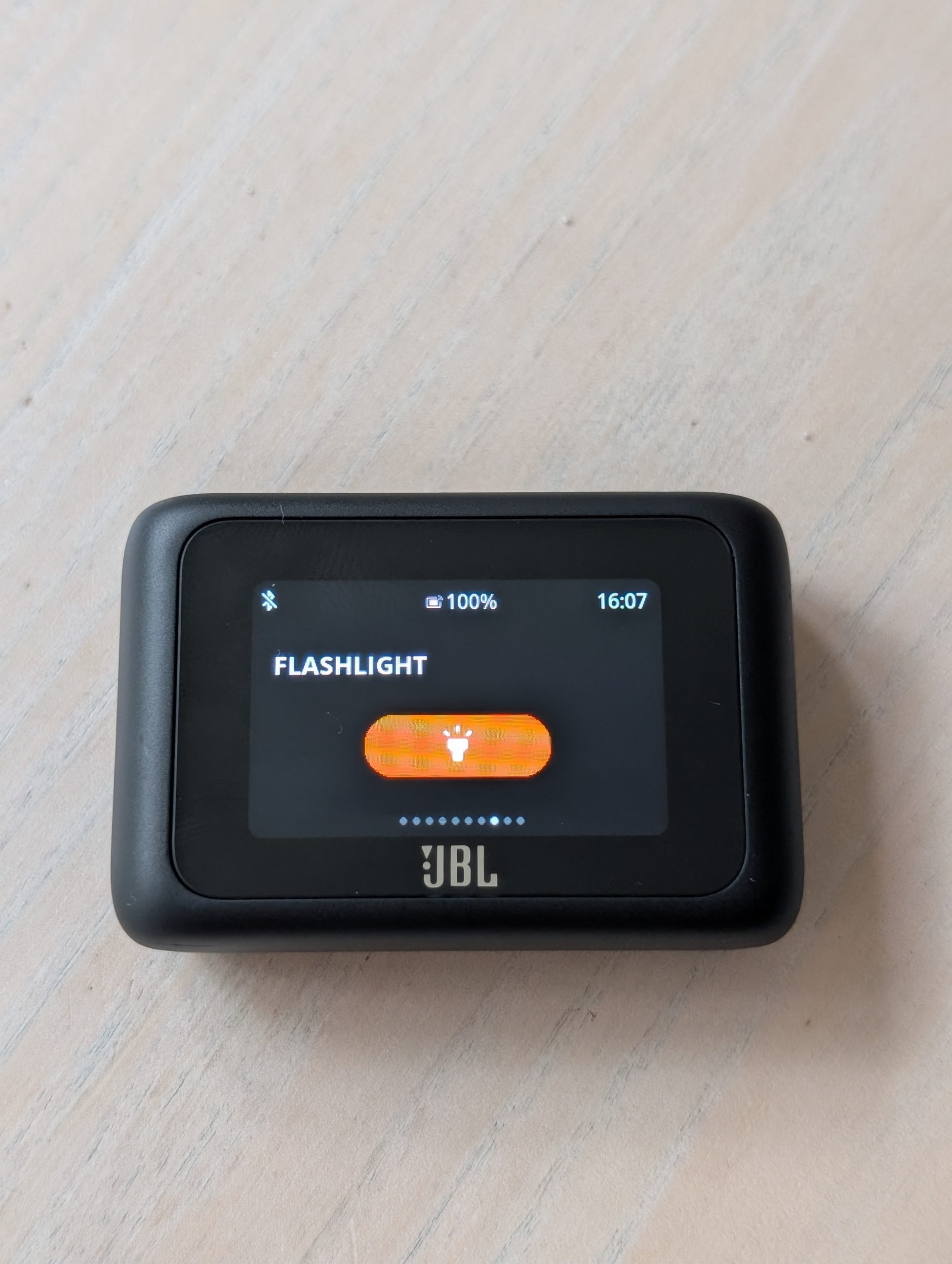TL;DR
The JBL Tour ONE M3 headphones impress with exceptional sound quality, comfortable, lightweight design, and an outstanding battery life of up to 70 hours. They boast advanced features like LDAC support for high-resolution wireless audio and effective Active Noise Cancelling. The innovative Smart TX transmitter allows seamless connection to any device, a standout feature. While the touch controls can be a bit sensitive and the build material feels slightly less premium than expected for the price, the personalized sound via Personi-Fi and excellent call quality make these a strong contender. Discover if these premium headphones are your next audio upgrade.
Introduction
The team at Senses has finally received one of the most anticipated headphones of the summer for review. The release night in London generated considerable excitement, and we were eager to put them to the test.
After several weeks of using the JBL Tour ONE M3, we’ve formed a comprehensive opinion. Exceptional headphones offer more than just sound; they provide a holistic experience encompassing sound quality, comfort, design, and user-friendliness. This review will cover each of these aspects.
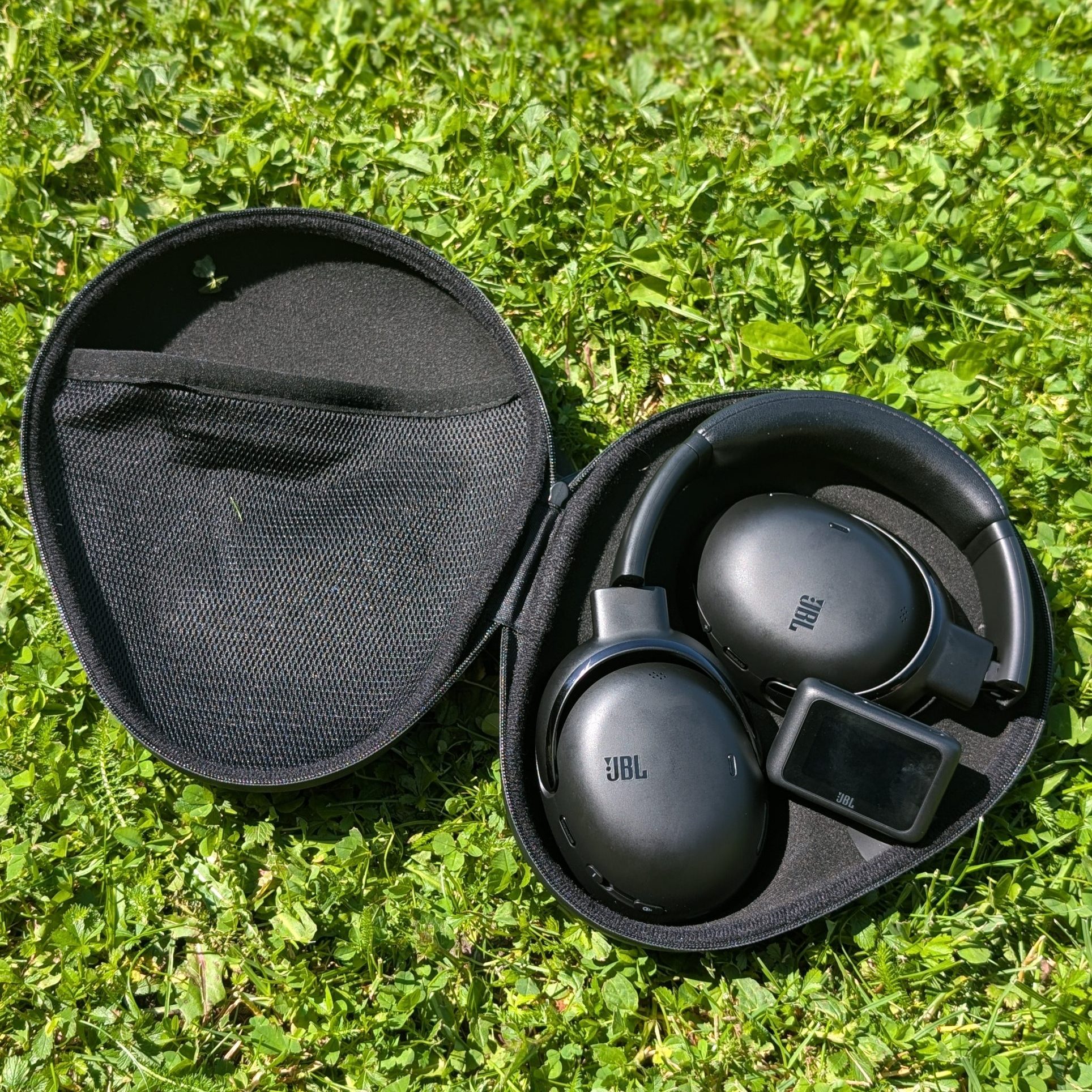
Design & Comfort
The TOUR ONE M3 headphones project an air of premium quality. The design is minimalist, featuring a matte black finish that lends a timeless aesthetic. JBL’s subtle logo on the side of the earcups elevates the design further. The right earcup houses the power/pairing button, charging port, and ANC/Ambient Aware button, as well as a touch panel for controlling playback, track skipping, and call management. The left earcup provides volume adjustment.
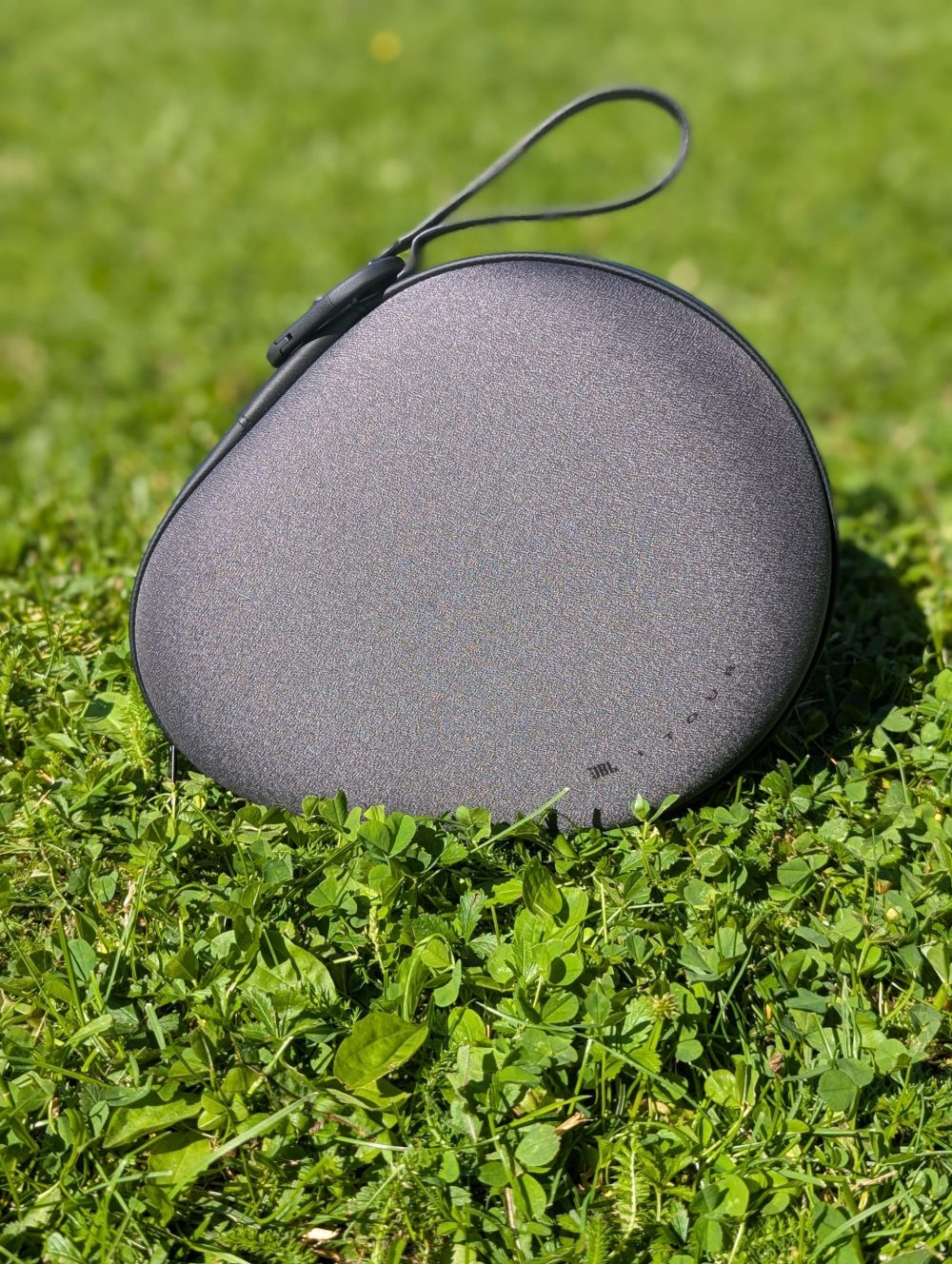
A minor drawback is that upon removal from the included travel case (which is aesthetically pleasing), the headphones exhibit a slightly more plastic feel than anticipated for their price point. When compared to the Marshall Monitor III A.N.C, which Senses has also reviewed favorably, the difference in perceived durability is noticeable, despite a relatively small price difference. Regarding fit, the headphones perform admirably. They are remarkably lightweight at just 278 grams and provide a comfortable fit without excessive pressure around the head. This is particularly noteworthy for users who wear glasses, as they remain comfortable even after extended use. The soft, memory foam earcups conform well to the user’s ears. After a full day of use, some minor perspiration around the ears was observed. Overall, the headphones offer a stylish and comfortable design.
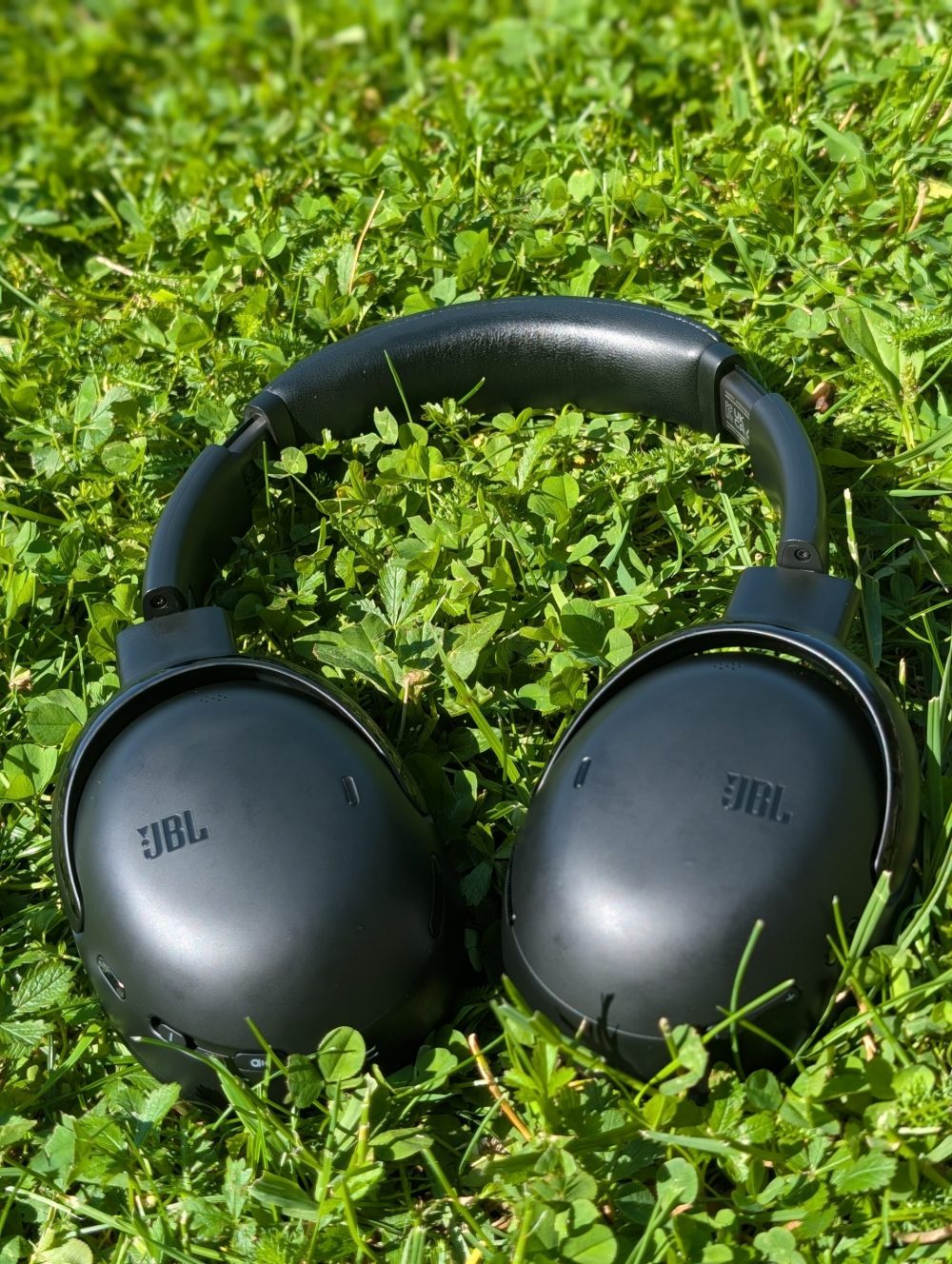
Performance
We’ll begin with battery life. With ANC disabled, the headphones offer up to 70 hours of playtime. Enabling ANC reduces this figure, but still provides approximately 40 hours, equating to a full work week between charges. A full charge cycle requires approximately 2 hours. The Tour ONE M3 also feature quick charge functionality, providing an additional 5 hours of playtime from just five minutes of charging.
The headphones are equipped with robust 40 mm graphene-enhanced dome drivers, meticulously tuned to deliver deep bass, balanced midrange, and crisp treble. Users can leverage the integrated DAC (digital-to-analog converter) to enjoy high-quality, lossless audio via the included USB-C cable. For wireless listening, the LDAC codec provides detailed, high-resolution audio, transmitting approximately three times more data than standard Bluetooth audio, enabling near-lossless wireless audio. In comparison, the Marshall Monitor III headphones lack LDAC codec support, giving the M3’s an advantage, especially considering the minor price difference.

Regarding ANC (Active Noise Canceling), the M3s incorporate eight microphones (four on/inside each earcup) to actively monitor ambient noise – traffic, wind, conversations – and generate an inverted phase to cancel it out. While it doesn’t achieve complete silence, it comes close. With music playing, external sounds are effectively masked, and even with music off, ambient noise is significantly reduced. Conversely, users can activate Ambient Aware and TalkThru modes to amplify environmental sounds, enhancing situational awareness.
JBL’s Personi-Fi feature is particularly valuable. For users with tinnitus, it offers considerable benefit. While not unique to JBL, their implementation is among the best we’ve tested. Personi-Fi conducts a hearing test, presenting different frequencies and recording the user’s response. This data is then used to create a personalized sound profile optimized for the individual’s hearing.
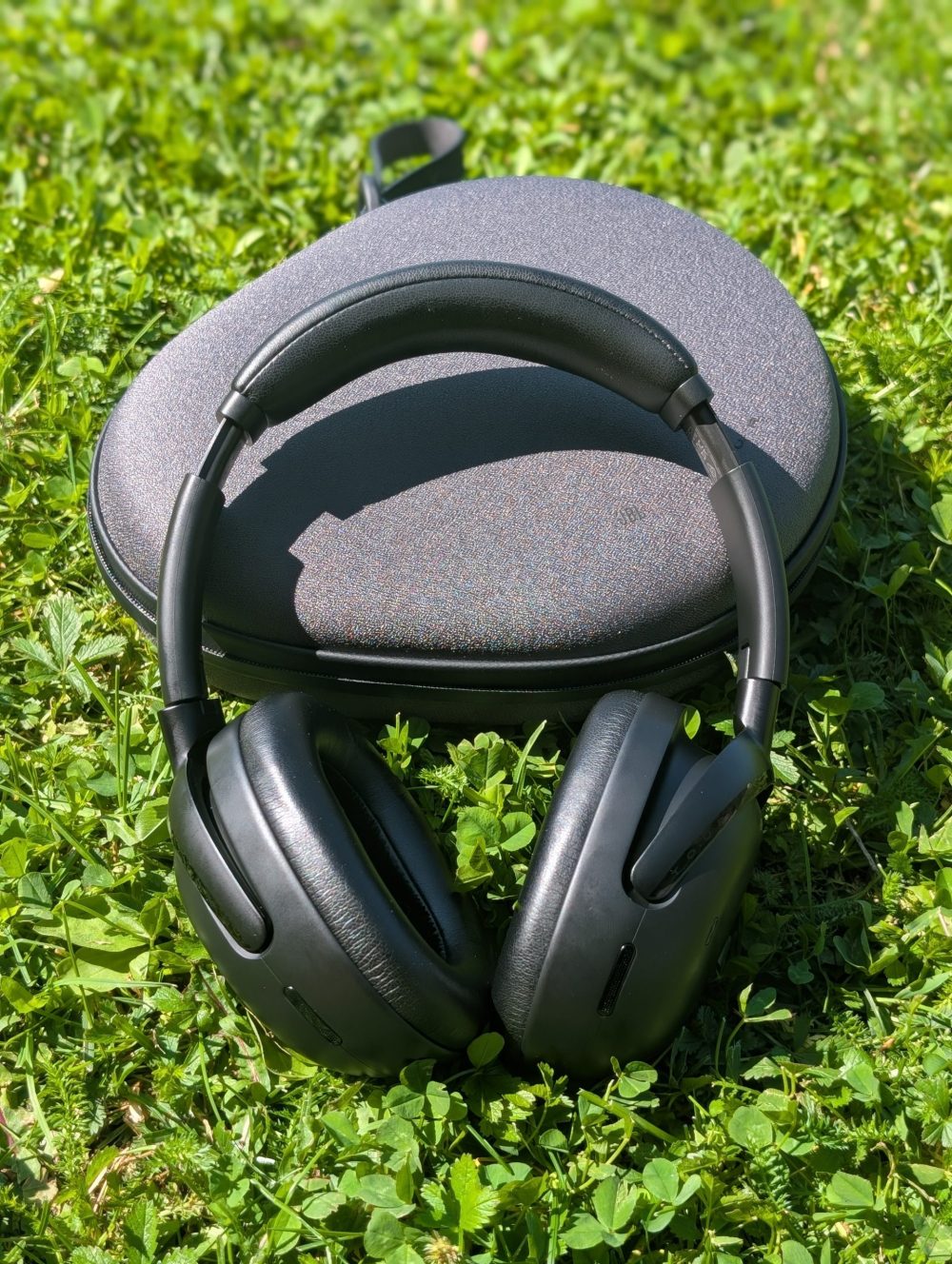
JBL Headphones App
The JBL Headphones app provides control over various features, including ANC and Personi-Fi. Users can select from preset sound profiles or customize the sound using a 10-band equalizer. The app also includes a relaxation mode with ambient sounds such as fire, a brook, or a waterfall. While multiple sounds can be combined, this can easily become overwhelming. This feature is a “nice to have” addition but might be considered superfluous by some.
The “Silent Now” mode, however, is a more compelling feature. Ideal for air travel, this mode disables Bluetooth while maintaining active ANC. Users can set a desired rest period, after which a signal will play to provide a wake-up alert.
Smart TX
The Smart TX feature stands out as a particularly innovative aspect of these headphones. Essentially, it’s a wireless audio transmitter. It represents a significant advancement in headphone technology. The Smart TX enables connection to and transmission of audio from virtually any device, regardless of Bluetooth compatibility, provided it has a USB-A, USB-C, or 3.5 mm AUX output.
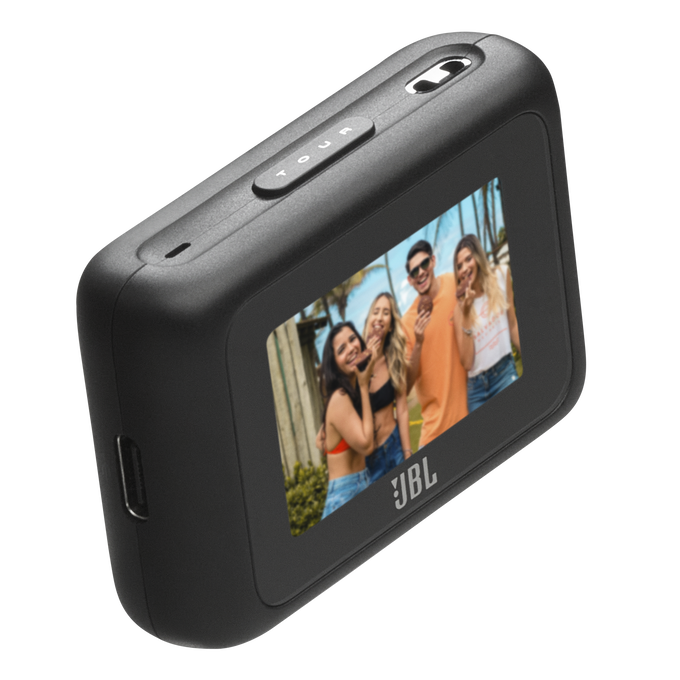
Testing on a TV, computer, and Playstation 5 yielded flawless results. Recalling Senses’ visit to JBL in London, the Smart TX’s capabilities were showcased effectively. In a bustling room with approximately 25 attendees, each equipped with a pair of Tour ONE M3s, the presenter’s microphone audio was transmitted directly to our headphones without any noticeable delay. The seamless operation was impressive.
The Smart TX can also serve as a remote control for the headphones, eliminating the need to access a mobile device for basic functions. Volume control and other features accessible through the app can be managed directly via the transmitter. Some functionalities, such as a flashlight, timer, and background customization, may be considered less essential and more of a novelty. However, individual preferences will vary.
Call Quality
Initial expectations for call quality were modest, as many over-ear headphones have historically delivered subpar performance in this area. However, the M3s exceeded expectations. Testing in various environments revealed that recipients consistently reported clear and natural voice quality, free from distortion or harshness. The headphones effectively suppressed traffic noise, wind, and other ambient sounds in urban settings, isolating the user’s voice.
While some background noise may still be audible, it is minimal. One minor inconvenience is the sensitivity of the touch controls on the right earcup. Accidental call termination occurred on a few occasions when adjusting the earcup. Although a minor issue, it can be somewhat frustrating.

Soundstage
JBL delivers on its promise of a well-balanced soundstage. The combination of the tight-fitting earcups and “JBL Pro Sound,” leveraging JBL’s expertise in professional concert and event audio, contributes to a satisfying audio experience. The bass is deep without being overpowering, emphasizing spatial depth over sheer impact, which is preferable for headphones.
Listening to Livingston – Last Man Standing evokes a strong emotional response during the chorus. The M3s excel here, reproducing all registers in perfect harmony, from the powerful bass to the soaring falsetto. Each instrument and voice occupies its own space, merging into a captivating soundscape. Similarly, in Alex Warren – Ordinary, around 1:50, the headphones demonstrate their ability to handle complex soundscapes effectively. The high-frequency melody, layered vocals, and impactful percussion are all rendered with clarity and precision.
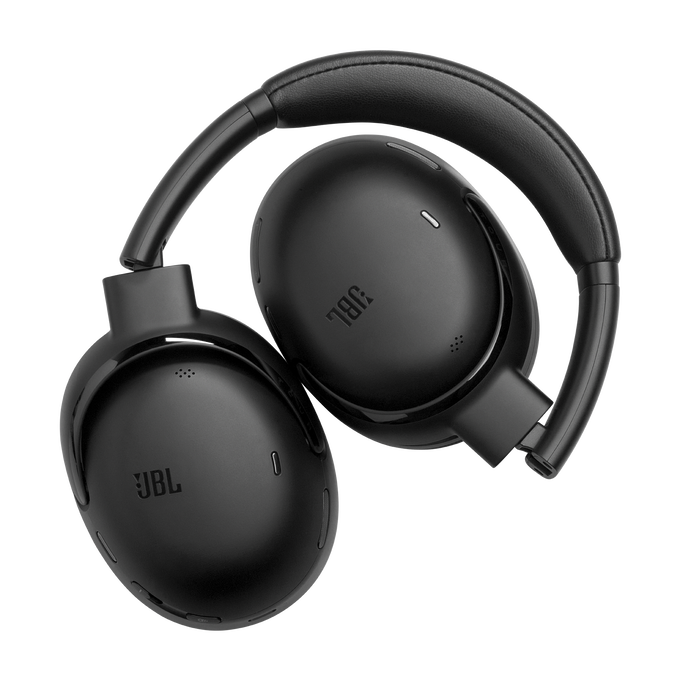
Summary – JBL TOUR ONE M3
The JBL TOUR ONE M3 headphones are a premium offering that delivers near-perfect sound quality, high comfort, and a range of practical features. While some supplementary functions may be deemed unnecessary, the headphones maintain a consistently high standard. Priced around 4500 SEK (including Smart Tx), they occupy the higher end of the market, but remain relatively affordable compared to other premium headphones. Overall, the JBL TOUR ONE M3 come highly recommended.
JBL provided review units for this test. The provision of materials does not influence our editorial independence. Our reviews are always conducted independently with our readers and consumers as the primary focus.



